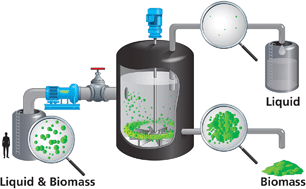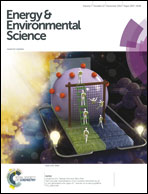Solid–liquid separation by particle-flow-instability†
Abstract
A robust separation strategy using novel particle-flow-instability physics is successfully developed for a difficult-to-separate suspension in which there is some combination of a small density difference between solid and liquid, high viscosity, and small-sized particles. The method we propose here requires no dilution for medium, high or extremely high viscosity slurries and can produce effective solid–liquid separation with low capital and operational inputs. The results have relevance for many biotechnological and/or chemical processes. We anticipate that further optimizations could lead to a more effective separation process with even lower energy input.


 Please wait while we load your content...
Please wait while we load your content...